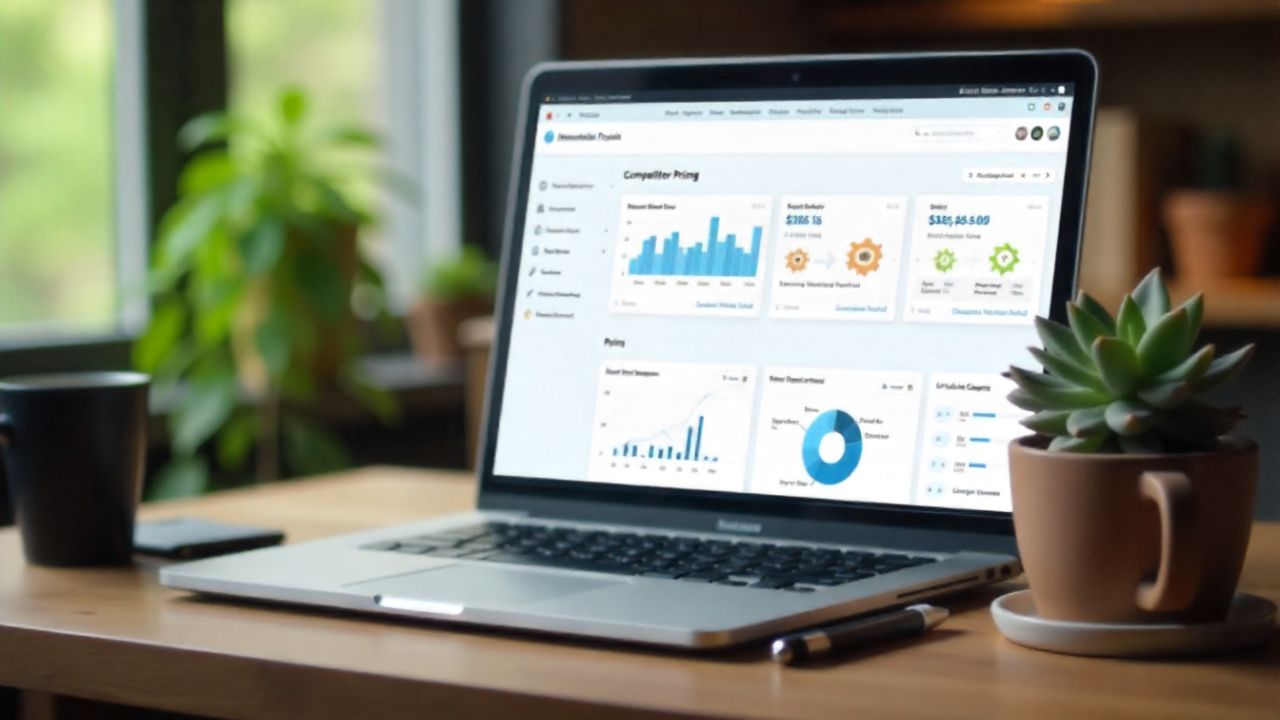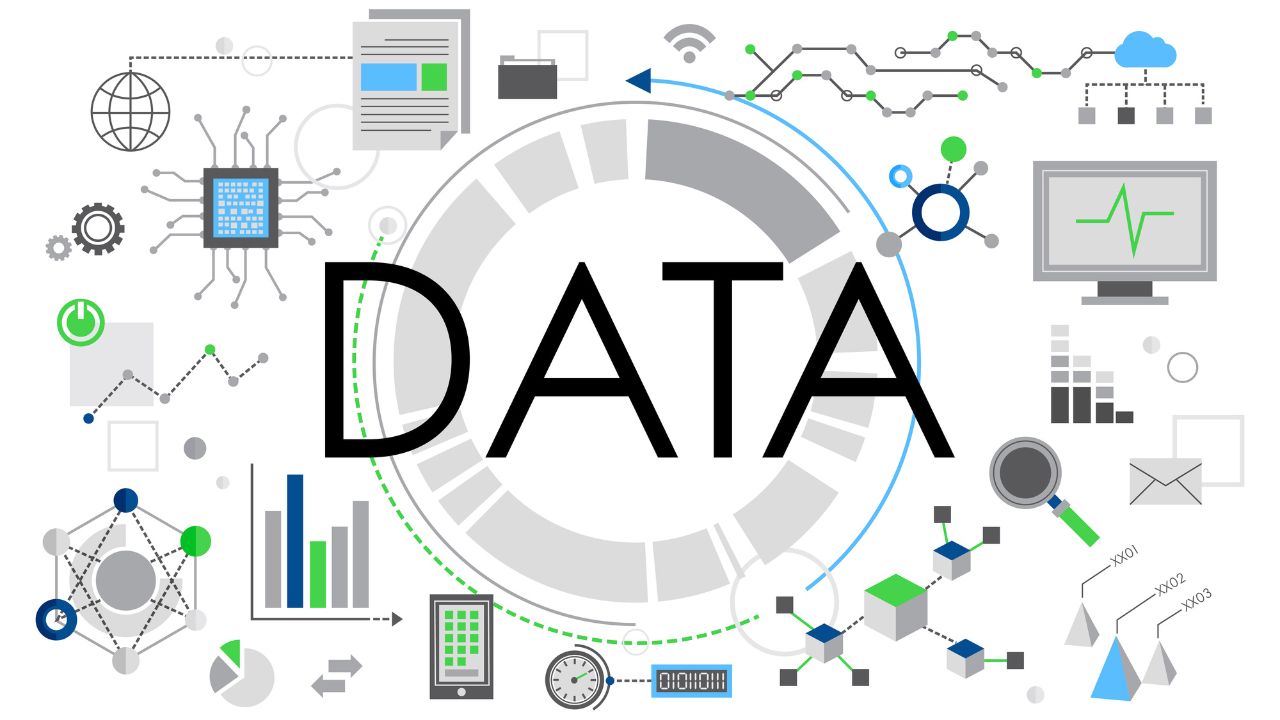What is Image Extraction?
Posted on: September 01, 2024
In the digital age, visuals play a crucial role in attracting and retaining the attention of online audiences worldwide. Whether it's a US-based e-commerce website showcasing the latest products, a European real estate platform displaying stunning property photos, or an Asian fashion retailer featuring the newest trends, images are a key component of effective online marketing. This is where the concept of image extraction comes into play. But what exactly is image extraction, and why is it important for businesses globally, especially in markets like the USA and Europe?
Understanding Image Extraction
Image extraction is the process of automatically retrieving images from websites or other digital sources. This technique is widely used in various industries across the globe, from North America to Europe and beyond, to collect visual data such as product photos, property images, or any other kind of digital content that can enhance a website’s appeal and functionality. The primary goal of image extraction is to automate the collection of relevant images, saving time and effort for businesses and individuals who need to manage large volumes of visual content.
What are Image Extractors?
Image extractors are specialized scripts or software tools designed to automate the process of downloading images from websites and storing them in respective folders. These tools are utilized globally, but they have particular importance in key markets like the USA and Europe, where businesses often handle large-scale digital operations. The scripts efficiently crawl through web pages, identify and retrieve image files, and then categorize them according to specified criteria, such as product type, property location, or any other relevant category. By automating this process, image extractors simplify the task of gathering and organizing visual content, making it easier for businesses in the USA, Europe, and other regions to manage and utilize images on their digital platforms.
How Does Image Extraction Work?
Image extraction typically involves using image extractors that navigate a website and identify image files for downloading. Here’s a general overview of how the process works:
-
Identifying the Source: The first step in image extraction is to determine the source of the images. This could be a specific webpage or a series of pages on an e-commerce or real estate site where images are displayed.
-
Scraping the Images: Once the source is identified, the image extractor crawls the webpage to locate the URLs of the images. These tools use algorithms to identify image tags (like
<img>) in the HTML code of the page and then extract the image files associated with those tags. -
Downloading and Storing: After the images are identified, they are downloaded and automatically stored in designated folders based on the client’s specifications. Unlike some tools that process and edit images, platforms like Crawlfeeds focus on extracting the best quality images and arranging them according to client needs. For example, the first image might be stored in a “Hero” folder, while remaining images are placed in a “Carousel” folder. Alternatively, images can be categorized into more specific folders like “Fashion/Women/Hero” and “Fashion/Women/Carousel.”
Applications of Image Extraction
Image extraction is widely used across different sectors globally, each with its specific needs and goals. However, it is particularly prominent in markets like the USA and Europe due to the high demand for digital content. Here are a few examples:
-
E-commerce: Online retailers in the USA, UK, France, Germany, and other parts of Europe use image extractors to automatically collect product images from various sources. This can include images from suppliers, partners, or even competitors, allowing them to populate their own product pages with high-quality visuals that enhance the shopping experience.
-
Real Estate: Real estate websites across Europe, the USA, and other regions rely heavily on high-quality images to showcase properties. Image extraction tools can gather photos from listing sites, real estate agencies, or directly from property management platforms, ensuring that the latest images are always available.
-
Marketing and Content Creation: For digital marketers and content creators in Europe, the USA, and globally, image extraction provides a quick way to gather images for use in blogs, social media, email campaigns, and more. This helps create visually appealing content that can capture the audience’s attention.
Benefits of Image Extraction
The use of image extraction comes with several key benefits:
-
Efficiency: Manually downloading images from websites can be time-consuming and tedious. Image extractors automate this process, allowing for faster and more efficient collection of visual content.
-
Consistency: By automating the extraction process, businesses can ensure that they always have access to the most up-to-date images, maintaining a consistent visual presentation across their digital platforms.
-
Customization: Extracted images can be easily sorted and categorized according to specific client requirements, such as creating folders for hero images or carousels that highlight key products or services. This flexibility allows for tailored organization that aligns with the unique needs of each business, whether they operate in the USA, Europe, or elsewhere.
-
Scalability: Image extraction tools can handle large volumes of data, making them ideal for businesses that need to manage extensive collections of images, whether for a large e-commerce catalogue or a vast portfolio of real estate listings.
Crawlfeeds: Handling the Largest Image Extraction Requests
Crawl feeds is adept at managing even the most extensive image extraction needs, providing a robust solution for businesses worldwide, including those in the USA and Europe, requiring vast amounts of visual content. Unlike other tools that process or edit images, Crawlfeeds focuses on extracting high-quality images and organizing them precisely according to client specifications. For example, images can be categorized into folders such as “Hero” for the main image and “Carousel” for additional images. This tailored organization ensures that businesses have easy access to the right images for their digital platforms.
To see Crawlfeeds in action, you can check out their free luxury makeup image dataset from Sephora. This example demonstrates how Crawlfeeds handles and organizes images, ensuring they are readily available for various uses, such as hero images or carousels, according to your needs.
Sharing and Downloading Extracted Images
Once images are extracted and organized, they can be shared or made available for download through various platforms, such as Google Drive, Dropbox, or other cloud storage solutions popular in the USA, Europe, and globally. This makes it easy for teams to collaborate, access, and use images as needed. By providing downloadable links or controlled access to these image libraries, businesses can streamline their content management processes and ensure that everyone has the resources they need.
Conclusion
In conclusion, image extraction is a powerful tool for businesses and individuals looking to enhance their online presence with high-quality visuals. By automating the process of collecting and organizing images using image extractors, it provides a more efficient, consistent, and scalable solution for managing visual content. Whether you’re in e-commerce, real estate, or digital marketing in the USA, Europe, or anywhere else, leveraging image extraction with tools like Crawl Feeds can help you stay competitive and keep your digital assets fresh and engaging. Crawl Feeds, in particular, offers the flexibility to extract and arrange images according to your specific needs, making it an excellent choice for businesses looking to optimize their visual content strategy.
Latest Posts
Find a right dataset that you are looking for from crawl feeds store.
Submit data request if not able to find right dataset.
Custom request




